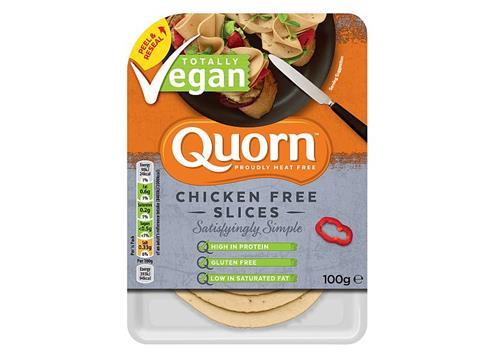
Parkside has collaborated with meat substitute company Quorn to produce a reclosable pack for its range of meat-free products.
Parkside has developed a complete PET tray and lid solution for Quorn, comprising a clear, shallow tray and heat-seal lidding film laminate that has built-in reclose technology suitable for sealing to APET trays. The design delivers improved barrier performance to keep the packed product fresher for longer, as well as a single polymer design ideal for consumer recycling.
Alex Glen, Marketing Director, Quorn said: “As a company, we pride ourselves on being innovators and industry leaders in the meat substitute product category. This is our first venture into reclosable packaging for our customers and with the clear trend towards vegan and vegetarian products expanding our business in 2019, it is exciting to be adding further value to our product range by improving our packaging too.”
The new pack reclose feature supports consumers’ efforts to reduce food waste in the home by retaining moisture within the pack and preventing the product from drying out after opening. It also means consumers do not need to use additional plastic, such as cling film, to protect the food once opened.
Alex added: “We work hard to understand our consumers’ needs and by developing this pack with Parkside, we know that being able to open and reclose packs for longer lasting enjoyment delivers greater convenience and reduces food waste in the home.Mark Shaw, New Product Development Manager at Parkside, said: “The move to a heat seal laminate has enabled Quorn to move to a complete PET solution, boosting the recyclability of the pack, whilst the novel reclose technology creates an easy open and close feature to aid consumer convenience. “As a company, this was a great project for us to be involved in. Quorn is an industry leading household name and we are incredibly proud of our collaboration. Rolling out to retailers in Spring 2019, the design meets two target consumer trends in terms of sustainability and convenience, which are often not achieved in a single design”



















